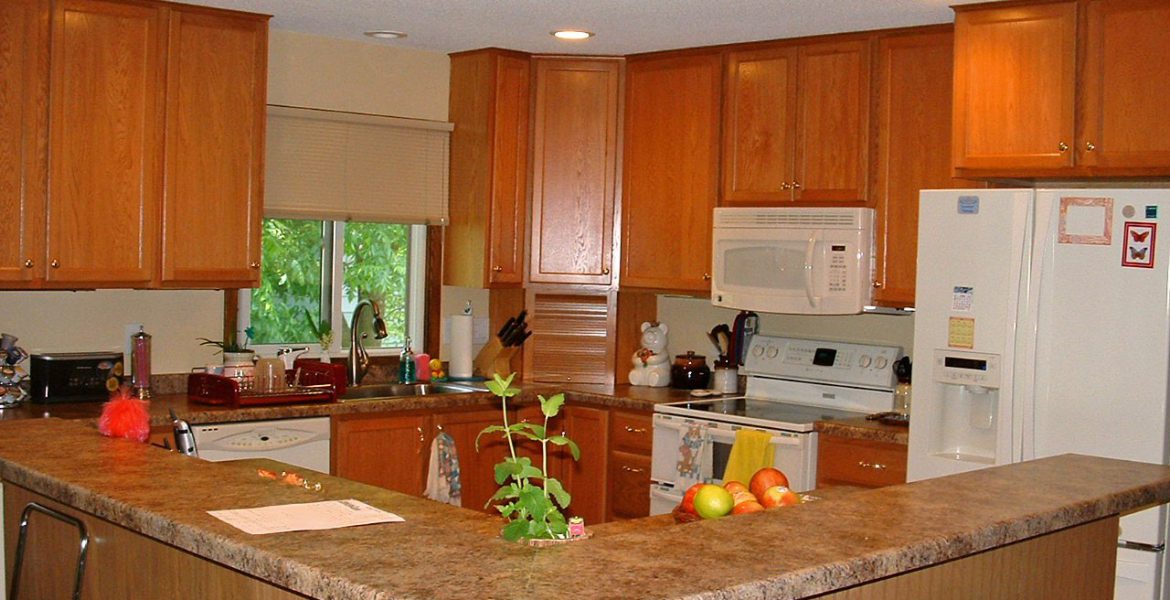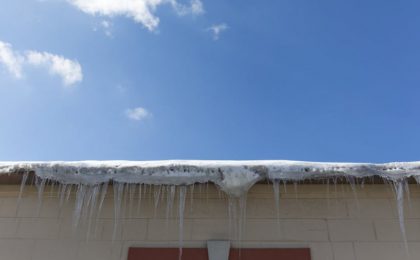2023 Kitchen Remodeling Trends
As a member of the National Kitchen & Bath Association, we pay very close attention to what they have to say because of the number of members nationally that, like us, provide feedback and alerts of design and material usage that is important to know when making a significant investment in a kitchen remodel.
We will be using our Blog to keep our current and potential customers up to date on style and material trend changes as we see them.
Here is some feedback on cabinets, backsplashes, and lighting that we were alerted to recently.
Darker Cabinet Finishes on the Rise
Above All constantly looks for the next trends and keeps up to date on Industry changes in materials and functionality. One of the things we have been seeing is that kitchen cabinetry continues a steady move toward darker finishes. While light natural finishes have been recently specified by 30% of kitchen designers, medium natural finishes stand at 55%, with dark natural finishes at 58%. Two years ago, dark natural finishes were specified by only 43% of designers.
Glass Back-splashes Increasing in Popularity
We are also seeing that although glass remains a niche material for kitchen countertops, it’s been recently used by more than half of kitchen designers as a backsplash material, rising from 41% a year ago to 52% now. This trails only natural stone tile at 60% and ceramic tile (including porcelain), which has been specified of late by some 74% of designers.
Other popular materials are granite at 30% and quartz at 20%. The popularity of these materials as backs-plashes is due to their high use as countertop materials. Finishing off a granite or quartz countertop with a matching backsplash is quite common; however, the same doesn’t hold true for solid surfaces. While these materials are very popular for countertops, they’re seldom used for back-splashes, as they’re specified by just 11% of designers.
LED Lighting
Energy-efficiency is clearly not a fad, but a real trend that can be seen taking hold in homes across the United States. Despite the higher initial cost, light-emitting diode, or LED, lighting is proof of this trend. Specified by 50% of NKBA member kitchen designers entering 2010, that rate increased to 54% the following year and has jumped over the past year to 70%. However, compact fluorescent lights (CFLs) aren’t sharing in this trend. Although they use roughly a quarter the energy of an incandescent bulb when producing the same amount of light, measured in lumens, the poor color of the light they produce and the presence of mercury in these bulbs are keeping them out of newly remodeled kitchens, falling from 36% last year to 26% today.
Older incandescent bulbs stand at just 42%, a figure we expect to fall next year due in part to the U.S. ban on newly produced 100-watt incandescent bulbs that went into effect on January 1. A ban on 75-watt incandescent bulbs will go into effect on January 1, 2013, followed by 60- and 40-watt incandescent bulbs on January 1, 2014.
1












